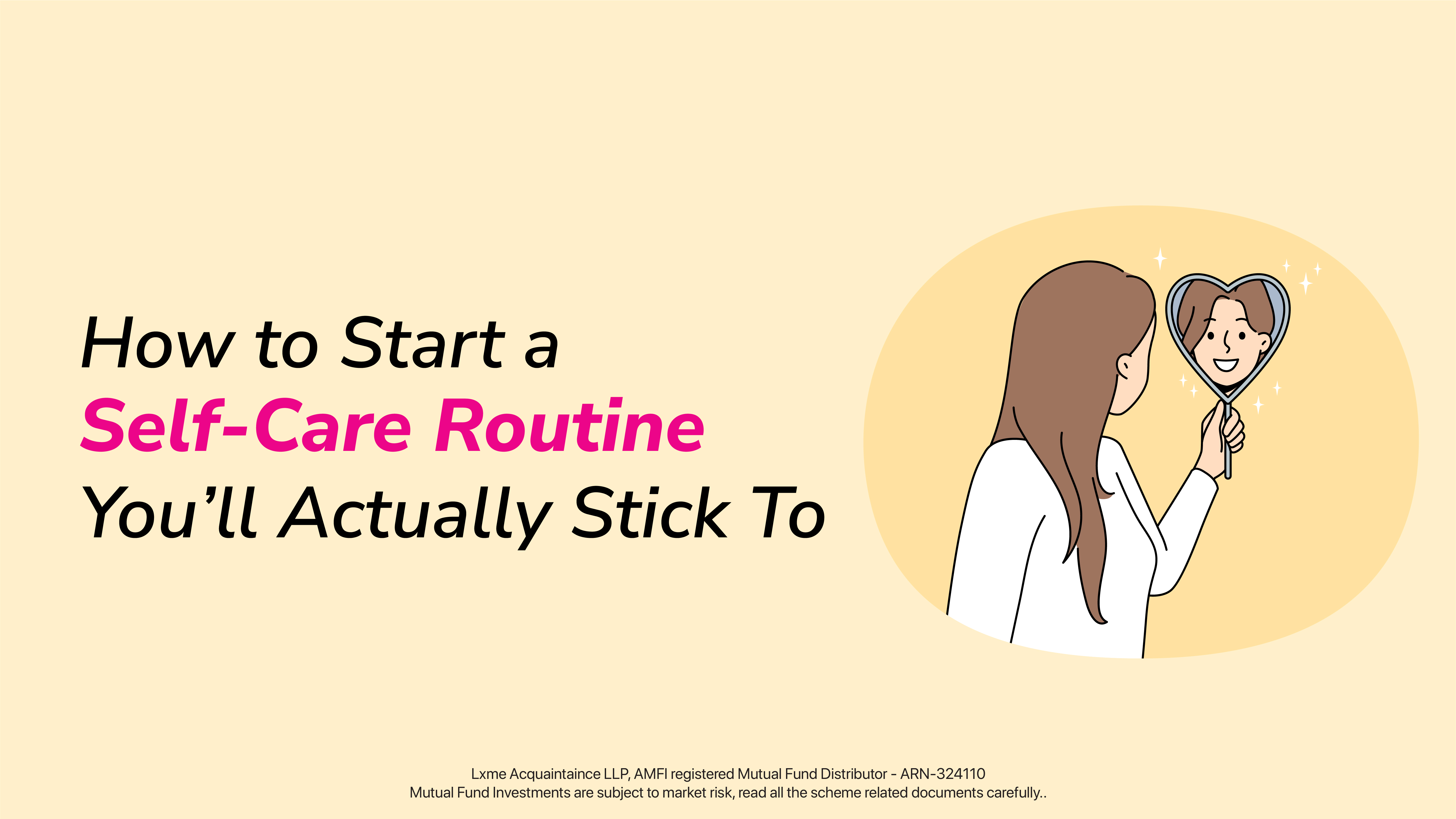We’ve all had that moment where we say, “From tomorrow I’ll start…” and by the next week, it’s gone. A new diet, an exercise plan, even the promise to finally track expenses—it all feels good in the beginning but slips away quietly. The truth is, building habits isn’t about motivation. It’s about design. And once you understand the science of habit formation, routines stop feeling like chores and start feeling natural.
That’s where habit stacking comes in.
Instead of trying to create an entirely fresh routine, you attach one new habit to something you already do. Think of it as piggybacking. You already brush your teeth at night. What if right after that, you put aside two minutes to set your savings in a digital gullak? You’re not making extra space in your day—you’re just letting one action follow another.
Why It Works
Our brains love patterns. When one action always follows another, it becomes automatic. That’s why so many women who’ve successfully built wealth or healthier lifestyles talk less about motivation and more about systems.
- Sip your morning tea → read a short post on learning finance for beginners.
- Get your salary credited → immediately move a small part into investments.
- Finish skincare at night → spend 5 minutes journaling.
This is the simplest answer to how to build healthy habits. You don’t fight your routine; you gently shape it.
Start Small, Think Long
A lot of us fail at how to build good habits because we start too big. One hour of gym every day. A whole new savings plan. That pressure makes it easy to quit.
Instead, begin with the smallest version possible. Two squats while waiting for the shower. ₹100 transferred weekly into savings. A single line in a gratitude journal. That’s how to form new habits that stick, because they don’t overwhelm you.
Over time, the small stacks grow. ₹100 a week becomes thousands in your account. A few minutes of reading daily turns into a solid understanding of money. That’s how you know how to develop good habits isn’t about intensity—it’s about consistency.
Money Habits That Matter
For women especially, financial routines can feel like one more responsibility in an already packed day. But if you make them part of everyday life, they stop feeling like a task and start feeling like self-care.
- Pay a bill online? Add ₹50 to your digital gullak.
- Order food? Match it by saving the same amount.
- Waiting for chai? Open the part-time earning app and explore ways to add a little extra income.
These simple practices show you how to develop healthy habits with money—habits that build freedom and peace of mind over years.
Building Systems for Yourself
As women, we often get told to “adjust” or “manage.” But rarely are we encouraged to build systems that protect our own time, energy, and future. That’s what habit stacking does. It gives structure to your day without asking you to start from zero.
And once you practice how to form good habits this way, you’ll notice something important: the routines stop needing willpower. They just happen. That’s how strong habits are built.
Practical Ways to Begin
- Pair a savings action with something you never miss—like adding money to your digital gullak after dinner on Sundays.
- Tie learning with relaxation—read one finance article from learn finance for beginners while sipping coffee.
- Combine income exploration with downtime—try the part-time earning app when you’re scrolling anyway.
You don’t need a full reset. Just one new habit gently linked to one old habit. That’s how to create new habits you’ll actually keep.
Tying It Back to You
When you understand how to be minimalist lifestyle, you realize it’s not about stripping life down to the bare minimum. It’s about building habits that actually stick. Many women carry routines around money, health, or even self-care like they’re extra chores on a to-do list. That weight makes us quit before we even see progress.
Here’s a softer approach: focus on small, repeatable patterns. Instead of trying to save ₹5,000 all at once, start a savings challenge with yourself. Put aside ₹50 every day into your digital gullak for one month. By the end, you’ll have ₹1,500 without feeling the pinch. Increase the number next month if you can.
You already know how to build healthy habits – you do it every time you pour tea the same way, every time you check your phone before bed, every time you repeat a ritual without even thinking. That’s proof you know how to form good habits; it’s just about choosing the ones that serve you.
Don’t overthink how to create new habits. Instead, attach one meaningful action to something you already do. Your routines don’t have to be grand; they just have to be yours. And when you build them with care those habits quietly shape a life where your goals, your finances and your wellbeing finally align.
FAQs
What is habit stacking and how does it work?
It’s the practice of linking a new habit to an existing one. If you already brew chai every morning, you can use those few minutes to also review your expenses. Over time, this repetition locks the new habit in place.
How can I create my own habit stacking routine?
List the things you already do daily—drinking tea, checking messages, brushing teeth. Now pick one small action you want to add. That’s the easiest way for how to build habits that feel natural.
What are the benefits of habit stacking?
Absolutely. The goal isn’t to deprive yourself but to balance. Upgrade in areas that give lasting value, while still prioritising savings and investments so your future self benefits too.
Can habit stacking help in breaking bad habits?
Yes. If scrolling late at night is a habit, stack something else after skincare—like reading a book for 5 minutes. Slowly, the healthier habit takes over. That’s how to develop good habits while letting go of the old ones.
Further read:












